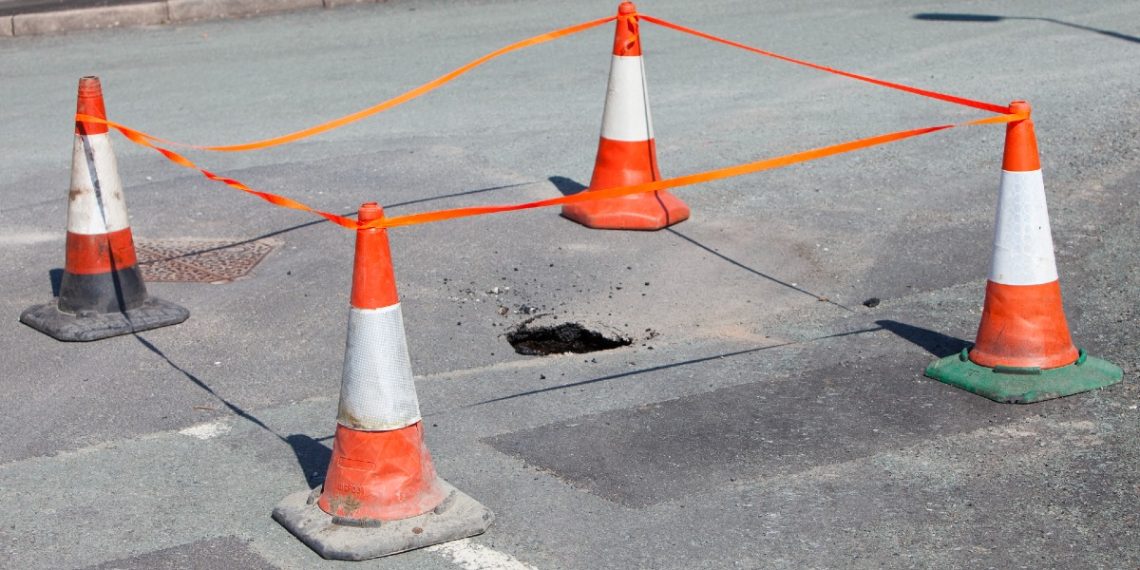ACO’s guidance and online stormwater tank calculator can help engineers validate the strength required for stormwater tanks.
Without sound structural integrity, underground stormwater tanks could buckle under the combined weight of the pavement and anticipated live loads – if not immediately, then over time. This poses serious legal and safety risks.
Ensuring tanks properly meet a project’s strength, durability and quality requirements is therefore essential.
But in Australia, there are no standards governing the required strength of plastic tanks. This places a burden on engineers who will need to make their own assessment on tank performance while leaning on tank manufacturers for both laboratory and empirical data.
“We wanted to step up our support by being very transparent about tank capabilities and comparisons as well as point engineers towards the very best tools and independent resources,” says John Sordo, Head of Marketing and Product Management at ACO.
Current regulation in Australia
Local councils ensure tanks comply with regulations by enforcing their Development Control Plan.
This specifies the methods an engineer needs to employ to ensure a project adheres to the stormwater management plan. It takes into account the volume of water from landscaped, hardstand and roofed areas that the property needs to manage.
However, it relies on the certifying engineer to integrate the tanks properly so that the structures themselves meet a project’s minimum strength, quality and durability requirements.
In Australia there are no standards that govern the strength of plastic, underground stormwater tank systems. This means there are no industry guidelines for short-term and long-term strength and durability.
Turning to the rulebook
Fortunately, there is a guide that engineers can rely on. It is called Structural Design of Modular Geocellular Drainage Tanks (SDMGDT), published by the Construction Industry and Information Association (CIRIA).
SDMGDT’s recommendations cover testing, manufacturing, structural design, construction and installation to ensure geocellular tanks are correctly specified. It identifies the main factors that contribute to tank failures including insufficient depth of cover, insufficient pavement thickness, unaccounted design loads, high groundwater level, poor bearing soil and overstated tank design capacity.
These factors should all be considered when determining the depth of cover required for a storm water tank.
“Managing both the quantity and quality of water being discharged off the site is only going to grow in importance, particularly as our cities urbanise and rainfall events intensify as the climate changes. Also, these days, larger areas of the built environment are being covered by impermeable surfaces which increases the risk of flooding,” said Greg Facey in an Engineers Australia’s Thought Leaders webinar about the future of stormwater storage.
When considering loads imposed on a tank, engineers must account for both long and short-term loads. Dead loads include the mass of soil surrounding the structure plus the weight of slabs or other elements the tank could be subjected to. Live loads are temporary and include vehicles driving overhead.
“Lateral loads are as important as vertical loads and take into account soil mechanics – this is a key factor that helps engineers to determine how deep a tank should be installed,” says Sordo.
“Tanks that have vertically aligned load bearing pillars offer a fairly decent vertical strength and stability.”
Download ACO’s whitepaper to learn more about determining the structural integrity for a stormwater tank
Testing in action
SDMGDT provides guidance on manufacturing and the types of testing that must be carried out to determine the strength and deformation characteristics of a tank.
Based on the guidelines recommended by SDMGDT, ACO conducted laboratory as well as real life in-situ tests to demonstrate the strength of an ACO StormBrixx tank.
During the test, a 27.2 tonne water truck was driven numerous times across the tank to simulate typical dynamic loads. The truck was also parked for a period of time above the tank to test for creep.
The test data was independently collected and monitored by a leading American university and witnessed by a certified test authority.
The tank met both the vertical and lateral requirements of the American Association of State Highway and Transportation Officials (AASHTO) LRFD Bridge Design Specifications H-20 load requirement.
“Taking a tank out of a controlled environment like a laboratory and measuring behaviour in a typical environment gives all stakeholders a better indication of performance,” says Sordo.
Making the process easier
To help engineers validate the structural integrity for a storm water tank for their projects, ACO has developed a simple, online calculator based on the SDMGDT guide.
For individual tanks, engineers can enter project-specific structural variables including cover depth, location, and height of water table, short-term and long-term design loads and soil type.
The software will run a series of checks to validate whether the tank meets the project’s design loads. If any results are over capacity, the design parameter requiring change will be highlighted for revision.
“For instance, there may not be enough cover over the tank and therefore it may need to be buried deeper,” says Sordo.
“This is critical information that engineers need to know before construction begins.”
Try ACO’s structural calculator for free at www.acostormbrixx.com.au/calculator





